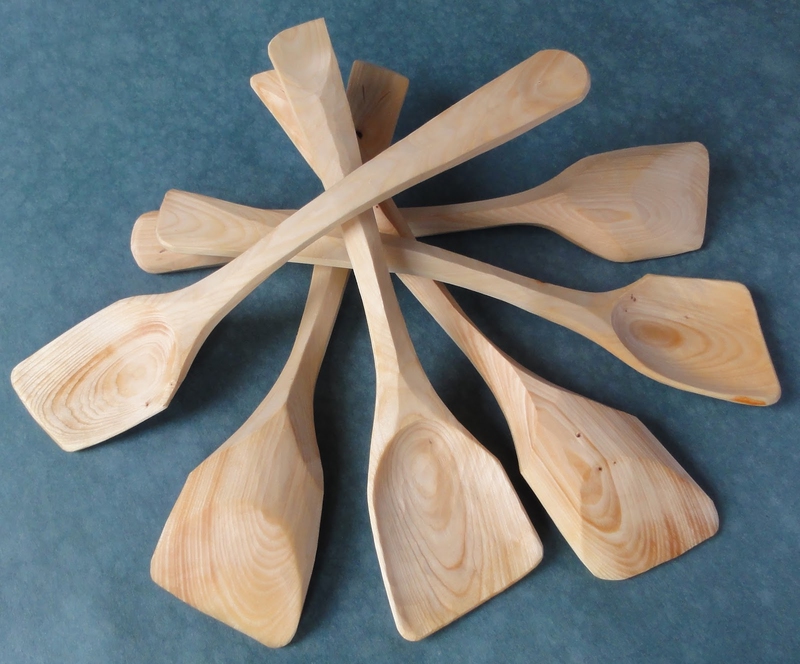This handy gadget can be found in nearly every kitchen but did you know it can thrive for years with a little TLC? My utensil crock is always stuffed with a few and I couldn’t do without them, they are my go-to for nearly every cooking and mixing job.
VarietyHere’s a sheet of quick tips to help you get the most out of them (general cleaning, seasoning, oiling, removing odors, etc.) and then at the bottom of the page I’ve listed a few nifty ways they can come in handy around the home.

Part 1
When to use them: They’re ideal for using with non-stick cookware since they won’t damage the surface, stirring bubbling hot sauces, stews, stir fries, etc. (because the heat won’t travel up the handle) and even for general mixing and baking.
Aren’t they bacteria traps or unsafe for cooking? With proper care, they’re no more dangerous than other materials. Wood is naturally anti-bacterial, so unless you’re using items that are split or deeply cracked enough that they’re harboring food for who knows how long, they’re perfectly fine.
General cleaning: Simply hand wash in warm, soapy water (using your regular liquid dish detergent), rinse well then wipe or allow to air dry.
Can they be washed in the dishwasher? Sure! But they will break down quicker over time (may even warp) and will need replacing more frequently. If you have a favorite, good-quality spoon that can’t easily be replaced…stick with hand washing. Another tip: avoid letting them sit in dirty dishwater, wash them soon after using.
To sanitize: Wash in very warm soapy water, rinse then soak in a 50/50 vinegar and water solution for about 5 minutes. Rinse, pat with a dry cloth to remove excess moisture then allow to air dry.
How to oil or season: Wipe it generously with warmed olive oil (a paper towel works fine for this) then pop it in the oven for 2 or 3 minutes (350 degrees). Optional: Add a generous pinch of salt to the oil if you plan on using it for cooking, or a generous pinch of sugar if you’ll be setting it aside for baking. Can’t be bothered with the heating process? You can use mineral or almond oil instead and allow to sit for 24 hours before using. To help the oil really soak in and work its magic, generously wrap in plastic wrap and leave overnight. You could also soak in a salt water solution for a few hours, pat dry then oil.
Why oil them? This helps seal and nurture the wood so it lasts longer. Is it necessary? No.
Odor buster: Sweeten it by soaking in a baking soda/water solution (a couple tablespoons of baking soda per 2 cups of warm water should do it). Leave for about 15 or 20 minutes and rinse well. You could also make a baking soda and water paste then rub it into the wood, leave for about 45 minutes to an hour then rinse off.
When to chuck them: When they start to split, crack or develop slivers, these gaps can trap food.
How to get rid of stains or roughness? Try rubbing out trouble spots with a piece of sandpaper. You can also try soaking in vinegar and water for about an hour before sanding.

View All Comments /Add Comment